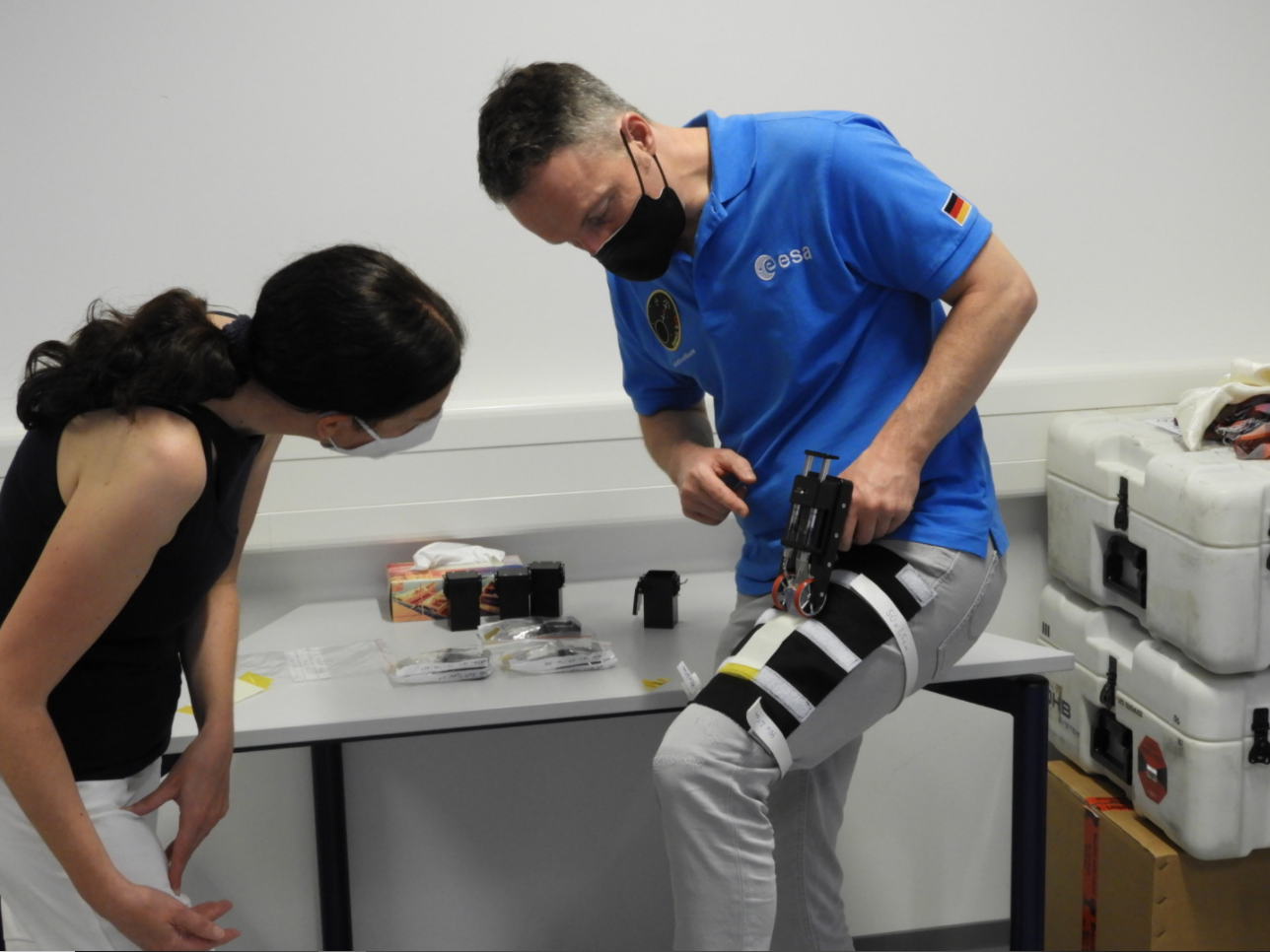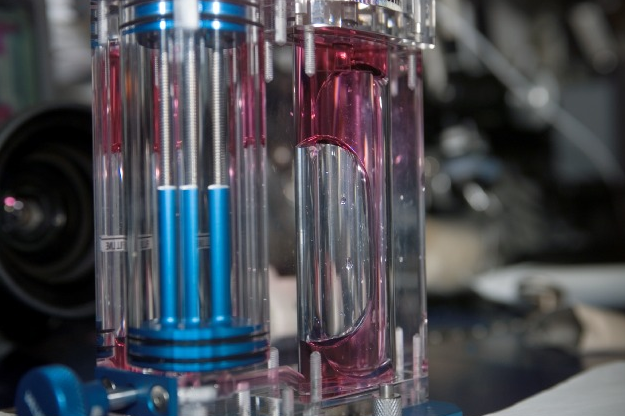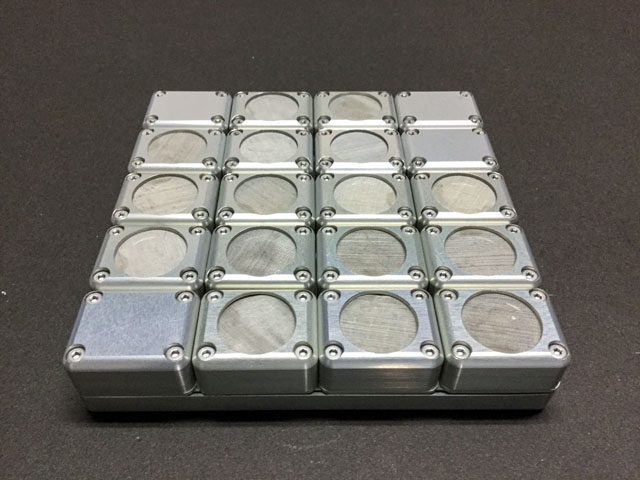Station Science Top News: Dec. 9, 2021
The experiments launching to station later this month aboard the 24th SpaceX cargo resupply services mission include studies of bioprinting, cancer research, laundering clothes in space, student citizen science projects, and more.
SpaceX-24 is targeted to launch in late December from NASA’s Kennedy Space Center in Florida and carries scientific research and technology demonstrations to the International Space Station. Here are a few of the experiments riding aboard the Dragon spacecraft to the orbiting lab:
- German Space Agency study Bioprint FirstAid demonstrates a portable, handheld bioprinter that uses a patient’s own skin cells to create a tissue-forming patch to cover a wound and accelerate the healing process. On future missions to the Moon and Mars, bioprinting such customized patches could help address changes in wound healing that can occur in space and could complicate treatment.
- CASIS PCG 20 continues work on crystallizing a monoclonal antibody that is the active ingredient in a drug that targets multiple cancers. Scientists analyze these crystals to learn more about the structure and behavior of the antibody, with the goal of creating cancer drug formulations that can be given by injection at a doctor’s office, or even at home.
- Proctor & Gamble Company has developed Tide Infinity, a fully degradable detergent specifically for use in space, and PGTIDE studies the performance of its stain removal ingredients and the formulation’s stability in microgravity. Once the technology has been proven in space, Tide will use these cleaning methods and detergent to advance sustainable, low-resource-use laundry solutions here on Earth.
- Students enrolled in institutions of higher learning can design and build microgravity experiments as part of NASA’s Student Payload Opportunity with Citizen Science, or SPOCS. Student experiments flying on this mission include a study on antibiotic resistance in microgravity from Columbia University and one on how microgravity affects bacteria-resistant materials from the University of Idaho.
Learn more about these experiments and the other payloads launching on SpaceX-24.

ESA (European Space Agency) astronaut Matthias Maurer is shown during pre-flight training for the BioPrint First Aid investigation, which tests a bio-printed tissue patch for enhanced wound healing. Credits: ESA
***
A space station study largely confirmed theoretical models of how fluids drain from containers but found that containers shaped in complex configurations can cause fluids to drain in ways not completely captured by the models. This data can improve the safety of fuel and coolant drainage in spacecraft.
As a part of the Capillary Flow Experiment, researchers observed how liquids drained from nine differently shaped containers with a single port in space. Images and video of the drain process were collected to examine how the flow changed over time. Results showed that the experimental runs were closely represented by the theoretical models used to design space-based fluid systems, with some differences in the results tied to the geometrical complexity of the container. In addition to the development of a robust publicly available dataset for use by researchers around the world, these results could improve the design of containers for the safe drainage of fuels and coolants aboard spacecraft and on Earth.

View of Capillary Flow Experiment aboard the space station. The purpose of this experiment is to investigate capillary flows and associated phenomena. Credits: NASA
***
The Tanpopo study exposed several amino acids to space on the outside of station to see which ones could best withstand the harsh environment. Results are helping answer key questions of the “panspermia” hypothesis, a theory for the initiation of life on Earth and the transport of life among celestial bodies.
Researchers behind the Japan Aerospace Exploration Agency, or JAXA, Tanpopo study recreated synthesized amino acid mixtures, placed them on aluminum plates, and exposed them to space by mounting them on the handrail of station’s Kibo Exposed Facility from 2015 to 2019. Results showed that the complex amino acid precursors, which produce amino acids after a reaction, were more robust in standing up to the harsh conditions of space. Such studies help scientists understand the key ingredients that could withstand the journey to Earth and other potentially life-bearing planets to spark life. Follow-on investigation Tanpopo-2 is now being conducted aboard station to expose organics to more probable space conditions.

A pre-flight view of the Tanpopo exposure panel with its 20 small units containing radiation-resistant microbes, cyanobacteria, rice seeds, and dead cells of mosses and tree samples. Credits: Tanpopo-3 team







